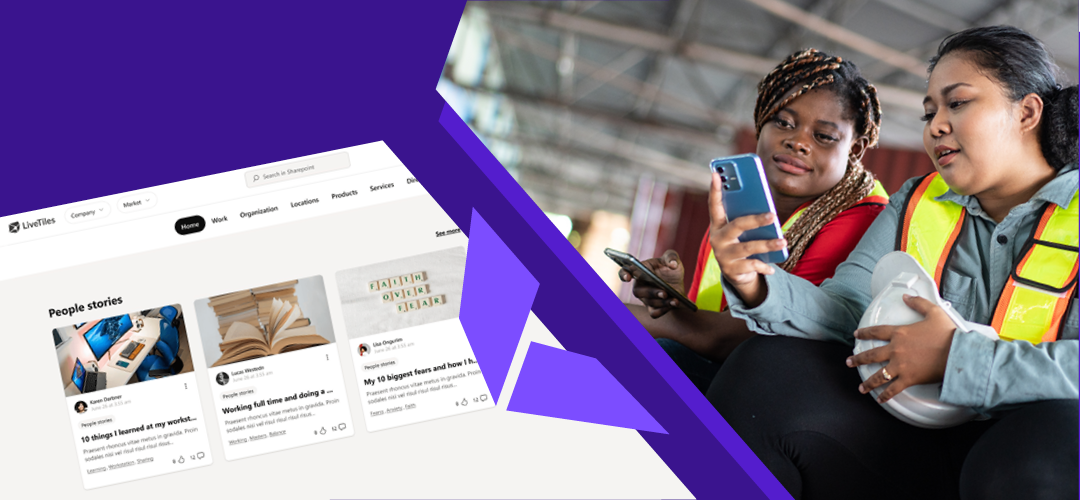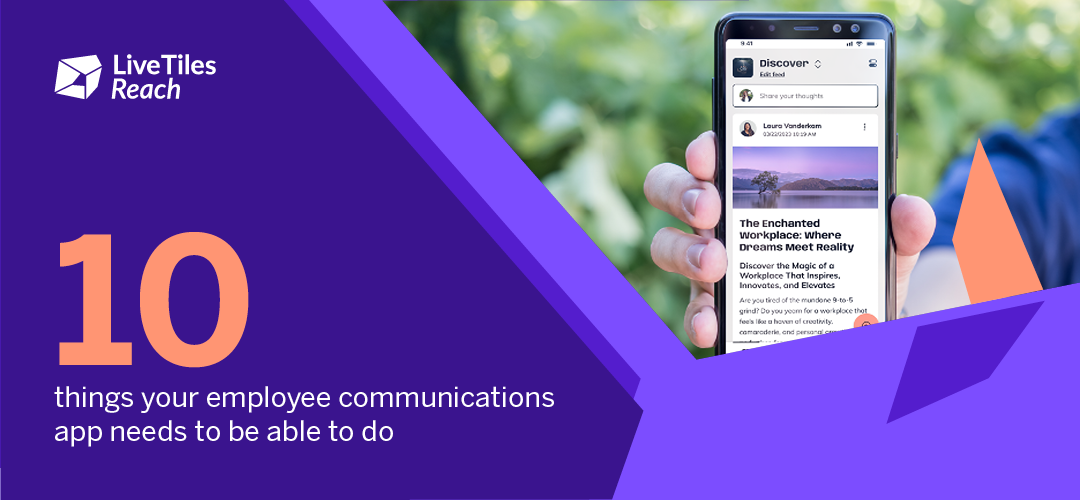This is part of a series of articles about how frontline industries are planning for the future of work. In this article, we take a look at enabling frontline workers in construction. Check out the other articles in the series for more information on frontline worker communications and planning: How to improve internal communications at the retail frontline and The future of frontline workers in healthcare.
Over the last year, industries with frontline workers have been hit the hardest by the COVID-19 pandemic and required to pivot and adjust to support their teams and customers. Of particular significance are retail, construction, and healthcare. They have had to furlough significant chunks of their workforces, remain operational on reduced resources, and build themselves back up.
In this series, we focus on these industries and the specific challenges they are facing. We’ll explore which employees are impacted most, and how companies are planning for the future of work.
How has the construction industry evolved?
Adoption and implementation of innovative solutions have gained widespread popularity. These changing trends are redefining the way the construction industry will emerge out of the pandemic and strive to regain lost ground. The driving force behind the change, accelerated largely due to the pandemic, has been technology growth and adoption around safety, management, and monitoring, as well as driving leads.
Employees on the frontline of construction
A typical construction project spans multiple locations:
- The site where the construction itself takes place
- The office on that site where workers such as managers, contractors, or engineers work on a project-by-project basis
- The headquarters of the business which may house further project managers and engineers
All of these locations must maintain continued communication so that everyone is aligned on the progress of the work.
Each team has multiple responsibilities and must interact with each other, track safety protocols, maintain equipment, and liaise with other teams either on-site or at headquarters. And today, more than ever, innovative technology is playing a huge part in making sure workloads and processes are carried out efficiently, and internal communications are streamlined.
The move to mobile
At the onset of the pandemic, organizations across industries realized they required frequent use of remote/mobile applications to enable business continuity. For businesses in the construction industry, the need for communication, inspection, and accountability at all stages of a project was (and still is) paramount. Of course, this isn’t a new trend. The move to mobile has been on the cards for several years.
Platforms that enhance employee engagement, collaboration, as well as inspection and asset measurement software, allows workers and management to communicate efficiently on the job, avoid delays, and improve productivity overall. Moving forward, construction companies that incorporate mobile access to stay connected will have better control over their day-to-day activities and improve their bottom line.
Supporting frontline workers in the construction industry
A construction site is a dynamic place. People are moving around constantly and different teams need to work together to complete projects and meet strict deadlines. Because of low-profit margins, when deadlines are missed, projects (and businesses) lose money. That’s why it’s important to provide your employees with the right technology to enhance the employee experience and enable faster processes.
Here are several ways you can support your workers:
Treat the frontline like knowledge workers
It’s a given that knowledge workers are provided with cutting-edge communication tools to get their work done. The same should be the case for workers on the frontline. Providing and adapting communication tools to connect with frontline workers in the construction industry will enable better collaboration, less mistakes and faster job completion times.
Make use of technology advancements
Bring Your Own Device (BYOD) policies, coupled with official communication apps, will connect your frontline workers onsite with engineers back at the office. Changes to project plans can be implanted and communicated instantly, the use of more accurate data can help avoid costly delays, and digital forms can enable much faster data input.
Uniting licensed and unlicensed workforces
With unified opportunities to communicate, collaborate, and have some experience with an app or platform no matter the location, your workers can collaborate effectively and align to project requirements.
Support employee turnover
Historically, construction has seen plenty of movement across its workforce, including casual labor, seasonal workers, and so on. Your tech should be flexible and simple enough to use and easy to implement when it’s needed.
Planning for the future in construction
With President Biden’s inevitable $2.25 trillion dollar proposal, set to be pushed forward over the summer, it will become essential to more efficiently mobilize the construction industry. With infrastructure plans encompassing the likes of roads and bridges, but also the electric grid, high-speed broadband, clean water and veterans’ hospitals, etc. supporting the workforce to deliver on these projects is clearly key.
There is a need to focus on keeping workers safe on-site. The right technology solutions are already playing a big part in making this happen without compromising the productivity of a project.
- Monitor and track well-being: A key priority for construction companies is keeping the workers safe. On average, two construction workers die of work-related injuries every day in the United States. Incorporating safety protocols into mobile apps and making it a non-negotiable part of the everyday process can help reduce accidents and protect workers.
- Provide ways for teams to best communicate hazards, issues: Using mobile technology to enable workers to communicate hazards and other issues when they come up is another essential way that businesses can help reduce risk on projects on-site.
Help drive engagement and improve the employee experience
The role that mobile collaboration apps will play in the future of safe and efficient construction projects seems obvious. Creating a safe environment for your staff is key to worker welfare and also enabling more efficient work practices.
Getting started with employee apps
It’s essential to use technology to improve how construction workers do their jobs. From safety to productivity, the right solution can transform how your construction business operates. And in an uncertain world where every inch counts, this is a real game-changer.
LiveTiles Reach is a bespoke employee experience app that is designed to improve the working life of your frontline workers. It comes complete with all the features you need to make sure all your on-site workers feel happy, safe, and productive.
If you want to find out more about LiveTiles Reach, or employee apps, get in touch with our team todayH







